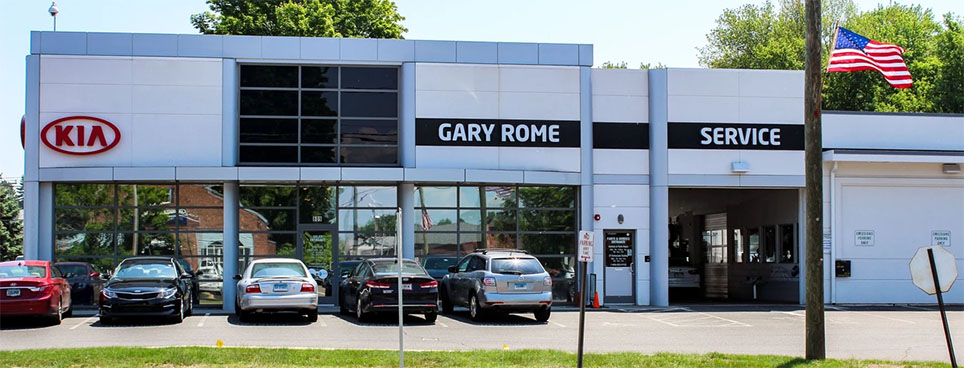The updated sedan made its debut earlier this year at the 2016 Detroit Auto Show and will be the first vehicle to be built at Kia’s second North American plant. The model arrives just as the Forte family enjoyed its best-ever sales in 2015 and receives several refinements in addition to its updated styling. But starting with the visual enhancements, the Forte receives a new front bumper and “tiger nose” grille that has been extended to connect the newly-designed headlights that are available with Xenon HID lights. In the rear are newly-designed tail lights with optional LEDs.
The 2017 Kia Forte sedan will be available in three trim levels, with the new sporty S trim slotting between the entry-level LX model and the range-topping EX model. The S variant adds sport-tunedsuspension, 16-inch alloy wheels, LED positioning lights, rear spoiler and a chrome exhaust tip. The top-of-the-line EX model will come standard with LED tail lights, Smart Key with perimeter approach lighting and front door pocket lighting as well as new 17-inch alloy wheels.
The LX and S models also get upgraded cloth material for the seats inside the cabin, while the S trim features exclusive black cloth seats with white contrast stitching, a leather-wrapped steering wheel and shift knob. The EX model now comes standard with leather seats with heated front seats, dual-zone full automatic temperature control, rear vents and push-button start with Smart Key.
The updated Kia Forte also receives a new base 2.0-liter four-cylinder engine with 147 horsepower and 132 pound-feet of torque, replacing the old 1.8-liter four-cylinder mill. The new base engine is mated to asix-speed manual transmission, though a second-generation six-speed automatic is also available. Higher trims are equipped with a 2.0-liter GDI four-cylinder engine with 164 hp and 151 lb-ft of torque, paired to the six-speed automatic.










